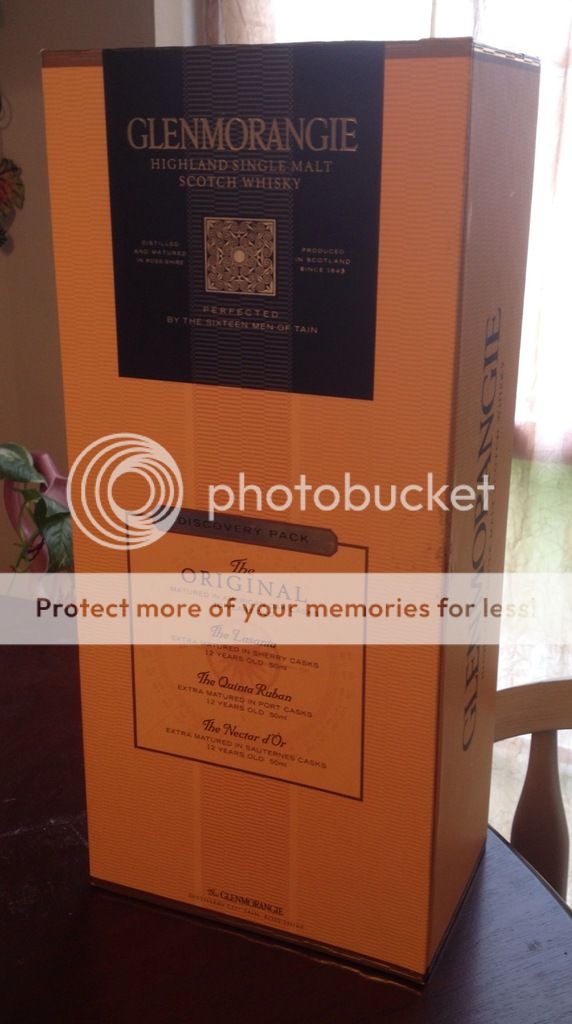As of late I have been doing some chopping with a BM-E (early one bought when they first came out), and my SHBM. Now my BM isn't exactly standard, it is 0.275", no clip to the point, and weighs 660 g. I have also significantly changed the edge profile, so I wasn't looking at the raw performance as much as looking at how they handled, to check out the new grip mods mainly. More on that later.
I started off cutting some fresh wood, mainly pine, that went ok. Later on I switched to scrap lumber as I didn't have as much free time, and had to fit in chopping whenever I got a free half hour or so. This is when the surprises started setting in. I could not keep a working edge on my BM. The edge would constantly roll to a visible degree, you could see it bend or ripple. To be specific these were just barely visible by eye, the steel was 0.005" to 0.010" thick behind the bend.
Now the ripples were easily removed with a little pressure, no chipping as I would have expected. However I was not overly pleased by having to stop chopping every half dozen blocks (I was using mainly 4x4 and 6x6 posts), to fix the edge. Now I knew that the edge was much more acute than standard, but from memory, the last time I checked it, it wasn't that thin that I would expect the the damage to set in this frequently.
The last draw was when I went back to fresh wood and during bucking some spruce I whacked the knife into a knot in the worst possible way. It was kind of "movie-like" as I oculd sort of feel the chop happening in slow motion. I knew it was going to be bad and when it hit the knot I didn't have to check the edge to know it was going to be dented. Sure enough it was rippled to this time about 0.020" thick.
I straightened it with a nail set and a hammer and then adjusted the profile slightly by adding a convex taper to the last one mm or so of edge. I then checked the edge profile to see how much I had thickened it. It spec'ed out at ~11 degrees per side in the last bit of edge. This took me back because that is where I thought it was before I just altered it.
So I check the primary edge profile and it is ~8.5 degrees per side. Ok, now I understand why it was rippling so easy (relative of course, it only got damaged on knots with full heavy swings). This was a flat bevel, no convex taper, on a heavy blade balanced knife. Not bad at all. And of course, no chipping and all damage was easily repaired with the aid of a large hammer.
For those curious, I checked my notes on the ~8.5 degree mod, I did this to check just how much damage would be induce with wood working as I figured that INFI would set a solid benchmark. I was trying to figure out just how low you could go and still be functional. I seems that a sub mm micro-bevel would be enough for all but the worst impacts.
-Cliff



